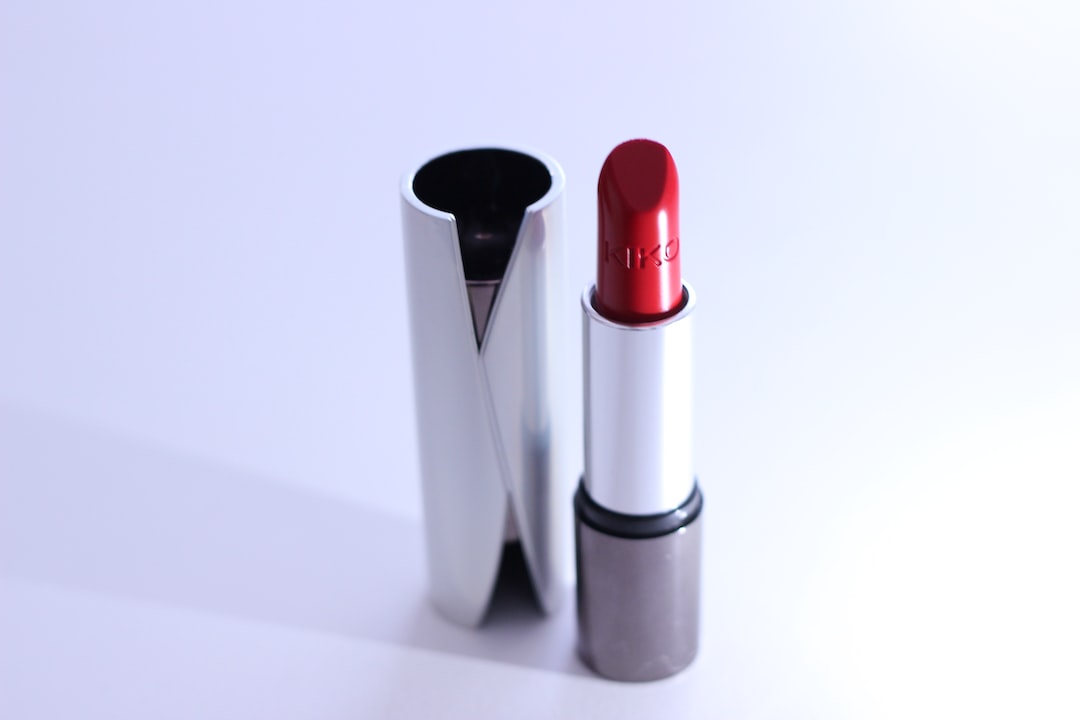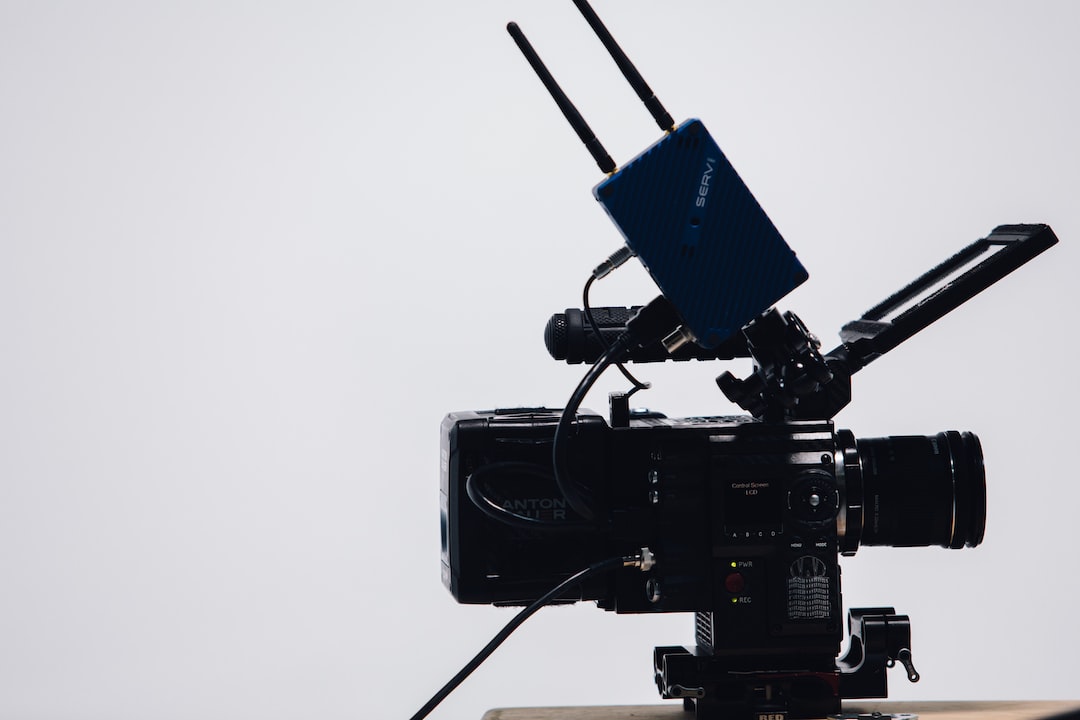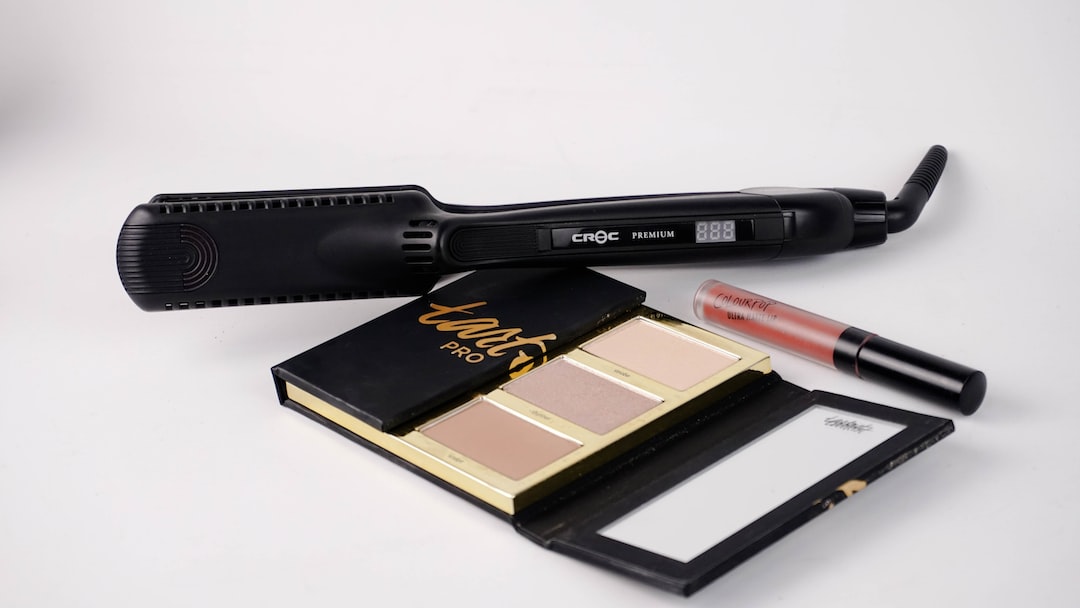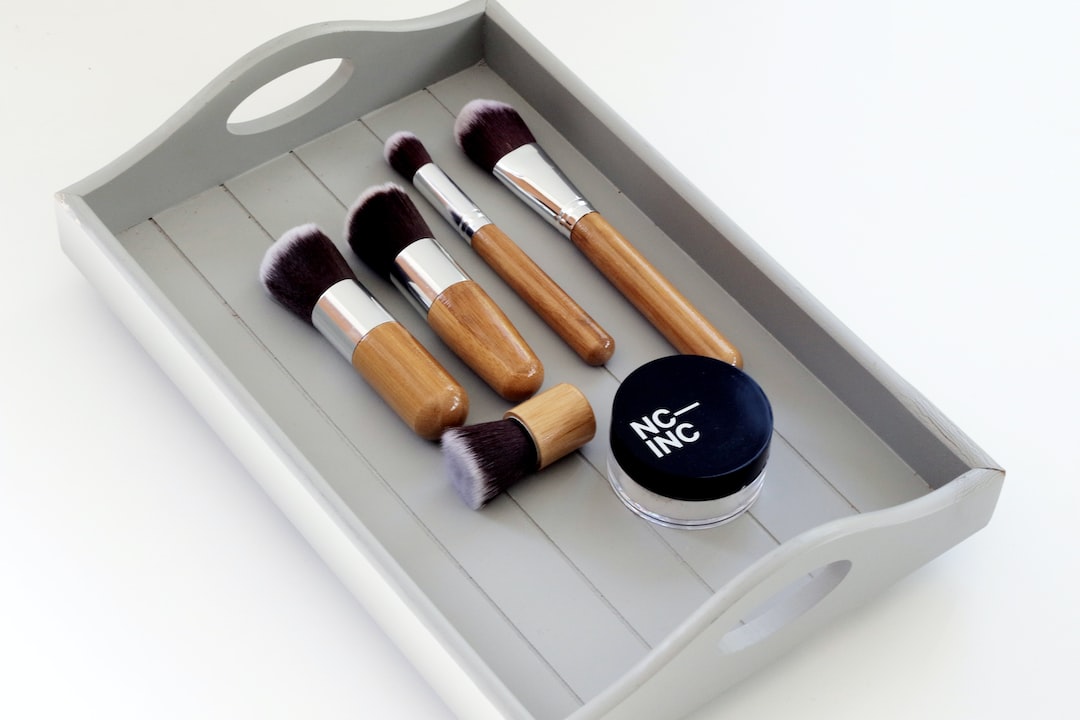Tattoos have become increasingly popular over the years, but not all tattoo decisions stand the test of time. As trends change and personal preferences evolve, many people find themselves wanting to remove tattoos they once loved. However, one common concern that arises is the level of pain associated with tattoo removal. In this article, we will explore the various methods of tattoo removal and discuss the pain levels associated with each.
The Tattoo Removal Process
Tattoo removal can be achieved through different techniques, such as laser removal, surgical excision, and dermabrasion. Each method comes with its own level of pain and discomfort.
1. Laser Removal
Laser removal is the most common method used for tattoo removal. During the process, a laser emits high-intensity light pulses that break down the tattoo ink particles. The fragmented ink is then naturally eliminated by the body’s immune system over time.
While laser removal can be effective, it is often described as a slightly uncomfortable or painful experience. Many compare the sensation to the snap of a rubber band against the skin. The pain level varies depending on factors such as the size and location of the tattoo, as well as individual pain tolerance.
2. Surgical Excision
Surgical excision involves physically cutting out the tattooed skin and stitching the surrounding skin back together. This method is typically used for smaller tattoos.
The pain associated with surgical excision can be more significant compared to laser removal. Local anesthesia is used to numb the area during the procedure, but some discomfort may still be felt during the healing process.
3. Dermabrasion
Dermabrasion involves using a high-speed rotary device to sand down the layers of skin containing the tattoo ink. This procedure removes the outer layers of the skin, allowing new skin to form over time.
Dermabrasion can be a moderately painful procedure and may require local anesthesia for pain management. The pain level can vary depending on individual tolerance and the size and location of the tattoo.
Additional Factors Influencing Pain
Aside from the tattoo removal method used, there are other factors that can affect the level of pain experienced during the process.

1. Tattoo Size and Color
Larger tattoos generally require more sessions and can be more painful to remove compared to smaller ones. Additionally, tattoos with darker and deeper colors tend to be more challenging to remove and may involve more discomfort.
2. Location on the Body
The location of the tattoo can affect the pain experienced during removal. Areas with thinner skin, such as the ankles and ribs, tend to be more sensitive and may be more painful to treat.
3. Individual Pain Tolerance
Each individual has a different pain tolerance level. What may be highly painful for one person could be tolerable for another. It is important to communicate openly with your tattoo removal specialist about your pain threshold to ensure appropriate pain management measures are taken.
The pain level experienced during tattoo removal varies depending on the method used, individual pain tolerance, tattoo size and color, and its location on the body. While some discomfort is expected, advancements in technology and pain management techniques have made the process of tattoo removal more bearable. Consulting with a professional tattoo removal specialist can help alleviate concerns and ensure a more comfortable experience.









